Long-term atorvastatin improves cognitive function by modulating SIRT2-mediated dynamic transition of NFL lysine 272 crotonylation to ubiquitination in naturally aging rats
- PMID: 41102191
- PMCID: PMC12533114
- DOI: 10.1038/s41420-025-02764-7
Long-term atorvastatin improves cognitive function by modulating SIRT2-mediated dynamic transition of NFL lysine 272 crotonylation to ubiquitination in naturally aging rats
Abstract
Proteins' reversible post-translational modifications (PTMs) are essential for cellular regulation, but their involvement in statin-mediated neuroprotection remains elusive. Our previous research demonstrated that long-term atorvastatin intervention ameliorates cognitive decline in naturally aged rats, although the underlying mechanisms were unknown. Here, we employed a proteomic and PTMomic approach using mass spectrometry-based quantitative proteomics and bioinformatics analyses to elucidate the molecular underpinnings. We also utilized isolated and cultured rat hippocampal neuronal cells to investigate the regulation of neurofilament light chain (NFL) modifications, including crotonylation and ubiquitination, using techniques such as immunoprecipitation, cell transfection, protein imprinting, and PCR. We identified several novel findings: (1) Long-term atorvastatin treatment significantly reduced NFL protein levels in both brain tissue and serum compared to controls; (2) This intervention decreased NFL crotonylation while enhancing ubiquitination via SIRT2 upregulation; (3) SIRT2 reversibly modulated NFL crotonylation and ubiquitination at lysine 272 (NFLK272); (4) Increased NFL ubiquitination promoted its degradation, reducing neurofibrillary tangle (NFT) formation, which colocalizes with NFL in the brain. These results suggest that long-term atorvastatin enhances NFL ubiquitination through SIRT2-mediated reversible regulation at NFLK272, leading to reduced NFT pathology and improved cognitive function. These findings not only redefine the pleiotropic neuroprotective actions of statins but also nominate SIRT2-mediated PTM interplay as a druggable node for mitigating neurofilamentopathy-driven cognitive decline.
© 2025. The Author(s).
Conflict of interest statement
Competing interests: The authors declare no competing interests. Ethics approval and consent to participate: This study does not involve human participants. The experiments were approved by the Animal Care and Use Committee of the General Hospital of Northern Theater Command and were consistent with the principles outlined in the National Institutes of Health Guide. All efforts were made to minimize the number of animals used at each step.
Figures
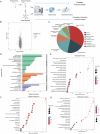
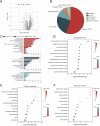
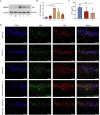
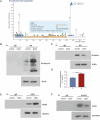


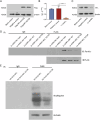

References
-
- Sperling R, Aisen P, Beckett L, Bennett D, Craft S, Fagan A, et al. Toward defining the preclinical stages of Alzheimer’s disease: recommendations from the National Institute on Aging-Alzheimer’s Association workgroups on diagnostic guidelines for Alzheimer’s disease. Alzheimer’s Dement. 2011;7:280–92. - PMC - PubMed
LinkOut - more resources
Full Text Sources
Miscellaneous

